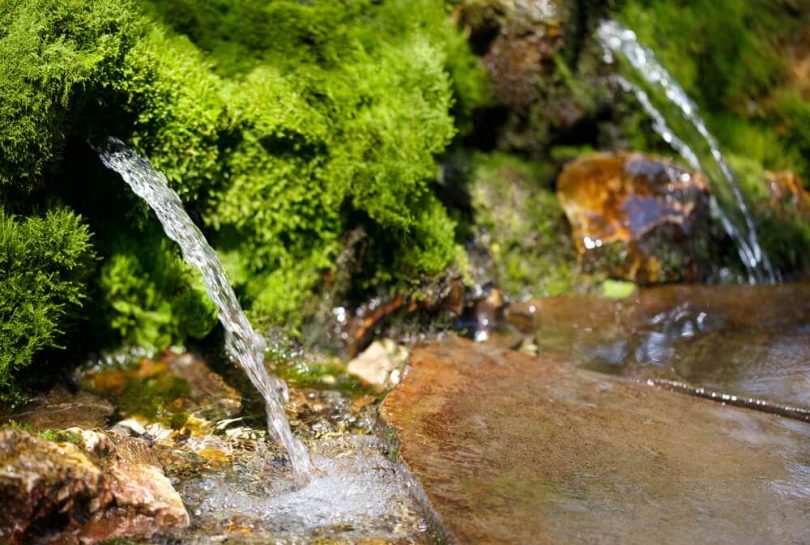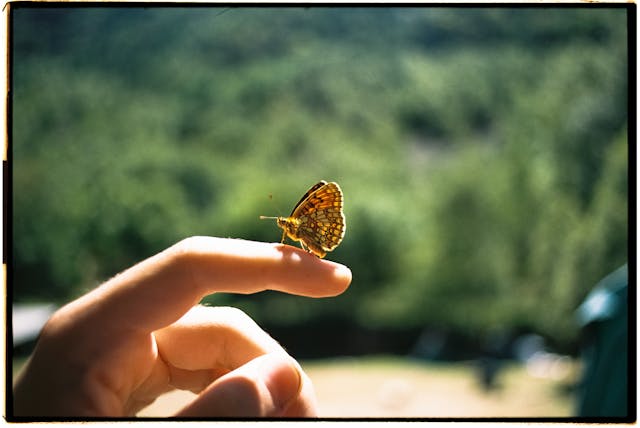With the butterfly valve Malaysia open on a daily basis, the purified water flowing through the pipes is simply flown to homes, including yours. It is easy to just get water from your sink, boil it and store your clean water in a tank, as ice, in bottles in your fridge, and so on. Purified water is already at your disposal with boiling being the only step taken to get clean water.
Not so in the wild, whether you are surviving or trekking. It is generally unsafe to drink water straight from natural sources, even if it looks clean in a river or waterfall. There are microorganisms and other elements such as dirt to be accounted for, and therefore filtration and disinfection must be done to purify water.
Alternatively, you may also choose to quicken the process by using a water purification tablet or tools like a survival drinking straw instead, but should you not have any of these, the methods here can help you.
Boiling
Assuming you have already filtered the water you collected in the wild, boiling is the step you must carry out in order to kill parasites, bacteria and other microorganisms in the water. It may not remove all forms of chemical pollution, but it still renders your water safe to drink.
Boil for 10 minutes to ensure that all pathogens are thoroughly killed. Use the fierce flames from your campfire or stove to boil rather than cook, as you don’t need said fierceful flames to prepare your food, lest you might burn them.
Distillation
Distillation is another popular method of purifying water in the wild, especially when you are at the ocean where only seawater is available to you at the moment and you are not going to drink it raw, otherwise the salt will dehydrate your body the more you drink.
A simple invention you can utilize on land is a solar still, where water is collected and distilled in a hole on the ground on materials like plastic. Over a three-foot-deep hole that you dug, place a square of clear plastic with a clear container centered in the bottom. Now seal off the still by placing dirt at the plastic’s edge at the rim of the hole, then place a rock in the middle of said plastic to create a rough declining angle over the container.
To make distillation effective, dig your still in a sunny location and the dampest dirt or sand you can find. Add green vegetation or even urine to the whole to increase water production.
Solar water disinfection

If your area has plenty of sun, you can use its energy to disinfect your water. Commonly, a plastic water bottle is used to collect contaminated water and expose it to the sun for a day or two. The sun’s UV light will kill almost all pathogens inside, and you can later boil the water for safe consumption.
This method is inexpensive, easy and does not require any additional materials, tools or attention, but it has some drawbacks. The method is less effective with rain, your bottle must be plastic and clear, and bacterial spores and some parasites will remain intact. Plus, only small bottles, each at a maximum of two liters, can be processed.


